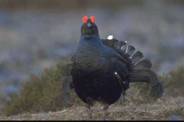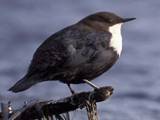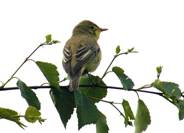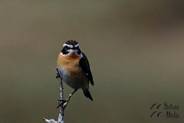
|
Birdwatching IN NORWAY |

|
Black Grouse can be found in the right habitat. |





|
Aurland - Gudvangen - Flåm |


|
Icterine Warbler should have arrived by mid May. |
|
Check farmland habitat for Whinchat. |


|
Accommodation |
|
Aurland Fjordhotell |
|
Lunde Gard & Camping |
|
Accommodation |
|
Hemre Gard & Camping |
|
Accommodation |
|
Fretheim Hotel |
|
Fretheim Fjordhytter |
|
Myrdøla Gjestehus |
|
Things To Do |
|
Fjord Tours |